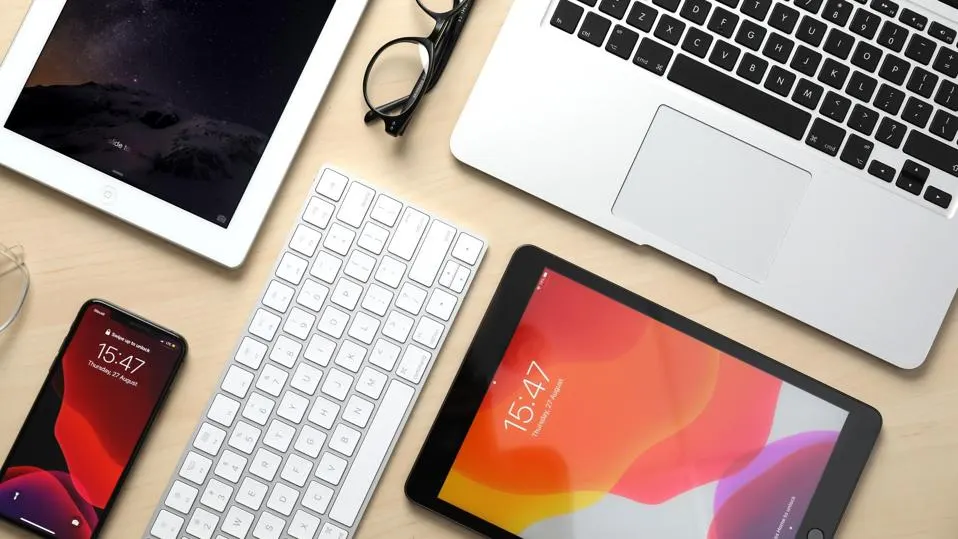The Future Of Factories: 3 Ways To Navigate The Industrial Metaverse
3 September 2023
What is the industrial metaverse, you ask? Well, we’re not talking about a separate metaverse exclusively for manufacturers. Rather, the concept of an industrial metaverse provides a vision of how manufacturers can implement the metaverse – specifically, by simulating real-world scenarios in the virtual world.

-
As you’ll see in this article, this ability to mirror real-world products and systems in the virtual world (which is, after all, what the metaverse is) will prove useful in a number of ways. Here are three of the main advantages:
Real-World Actions And Decisions Can Be Improved With Synthetic Data
Boeing is one company embracing this idea of an industrial metaverse. Indeed, the company says it wants to build the next airplane in the metaverse. A central part of Boeing’s vision is building digital twins – digital replicas of real-world objects or systems. By creating digital twins of the airplane and the production system that will build it, Boeing can simulate complex operations before taking action in a real-world manufacturing setting. In other words, in the industrial metaverse, the data from simulations informs what happens in the real world.
Key to this is the concept of synthetic data or data created by simulations and algorithms as opposed to (or alongside) data generated in the real world. Synthetic data can be incredibly powerful, giving companies insights that it wouldn’t be possible to gain in the real world. That’s certainly been the case for Boeing. The company wanted to create an aircraft inspection system that harnessed AR to compare the current condition of an airplane to its previous states based on both historical and current maintenance data.
But creating this system with real-world data (in this case, thousands of photographs of a plane) proved extremely difficult. The system needed more training data. So the company built a digital twin of the plane instead, which generated more than 100,000 simulated images (something that would be expensive and impractical in the real world). Equipped with this wealth of simulated data and combined with real-world photographs, the system worked. And this lays the groundwork for Boeing engineers to use AR to compare the plane in front of them with its historical condition.
Digital Twins Can Be Used To Simulate Anything From Entire Factories To Individual Products
Digital twins are proving especially valuable in factory settings. At Siemens Digital Native Factory in Nanjing, China, the entire factory was simulated with a digital twin at the planning stage, and this allowed Siemens to detect and mitigate planning errors – and, in turn, optimize the building process. In fact, Siemens says that having a digital version of this plant helped to increase capacity by 200 percent and productivity by 20 percent.
Therefore, digital twins can provide significant value when planning factories but also when it comes to improving existing factory operations. Sensors installed across the plant can stream data to its digital twin – and that data can be analyzed for insights into how the system is performing. Based on this, manufacturers can adjust workflows and even trial workflow changes in the digital twin first. Think of it this way digital twins are really just a tool for improving decision-making in manufacturing settings.
Simulating whole factories (built or unbuilt) is one way to harness digital twins. But, really, it’s possible to create digital twins of pretty much anything – right down to individual machines. Siemens says it is working with NVIDIA to create just that – digital twins that look and behave exactly like physical machines and allow for real-time interaction. This means they'll be able to tweak a factor (temperature, for example) in the digital twin and understand exactly how the real-world machine will be affected. Such technology can even be used to predict machine failures and optimize maintenance.
Products can also be simulated to predict potential problems. Not only could this revolutionize product design, but it could also pave the way for greater insights into how existing products perform in the real world. Such information could be used to inform future product design or even predict when parts might fail. In one example, Kaeser, a maker of compressed air and vacuum products, uses digital twins to replicate its compressed air systems in use by customers. This allows the company to monitor the condition of each product in use, remotely detect potential faults and deliver timely maintenance.
VR Will Make The Product Design Process More Immersive And Collaborative
Of course, the use of digital twins will aid the product design process, allowing designers to simulate products, spot flaws, and improve the design before the product is actually built. And this could solve a lot of quality issues. (Boeing, for example, says that more than 70 percent of its quality issues are linked to design issues.)
But there’s another metaverse-related technology aiding the design process: virtual reality (VR). Specifically, we’re talking about designing products within an immersive VR space as opposed to simply working on a screen. Imagine, for example, designing a car by immersing yourself in a VR version of the car’s interior. In the future, we can expect to see product designers increasingly don a VR headset to immerse themselves in whatever they're designing. Designing in VR will be particularly powerful when combined with digital twins – meaning the designer could immerse themselves in the design, making changes to the product in the virtual metaverse space, and the digital twin would update in real-time to reflect those design changes.
Designing in an immersive VR space also allows design teams to collaborate as if they’re in the same room, even when miles apart. Indeed, designers can already use collaborative design tools like NVIDIA’s Omniverse, which lets teams design together in real time as if they’re in the same space, and see changes instantly.
Related Articles
Will AI Solve The World’s Inequality Problem – Or Make It Worse?
We are standing on the cusp of a new technological revolution. AI is increasingly permeating every aspect of our lives, with intelligent machines transforming the way we live and work.[...]
How You Become Irreplaceable In The Age Of AI
In a world where artificial intelligence is rapidly advancing, many of us are left wondering: Will AI take our jobs?[...]
Why Apple Intelligence Sets A New Gold Standard For AI Privacy
In the rapidly evolving world of artificial intelligence, privacy concerns have become a hot-button issue.[...]
Can Your Device Run Apple Intelligence? What You Need To Know
Apple's announcement of Apple Intelligence has sent waves of excitement through the tech world.[...]
10 Amazing Things You Can Do With Apple Intelligence On Your IPhone
Apple Intelligence is poised to revolutionize the iPhone experience, offering a suite of AI-powered tools that promise to make your digital life easier, more productive, and more creative.[...]
Agentic AI: The Next Big Breakthrough That’s Transforming Business And Technology
The world of artificial intelligence is evolving at a breakneck pace, and just when you thought you'd wrapped your head around generative AI, along comes another game-changing concept: agentic AI.[...]
Sign up to Stay in Touch!
Bernard Marr is a world-renowned futurist, influencer and thought leader in the fields of business and technology, with a passion for using technology for the good of humanity.
He is a best-selling author of over 20 books, writes a regular column for Forbes and advises and coaches many of the world’s best-known organisations.
He has a combined following of 4 million people across his social media channels and newsletters and was ranked by LinkedIn as one of the top 5 business influencers in the world.
Bernard’s latest book is ‘Generative AI in Practice’.










Social Media